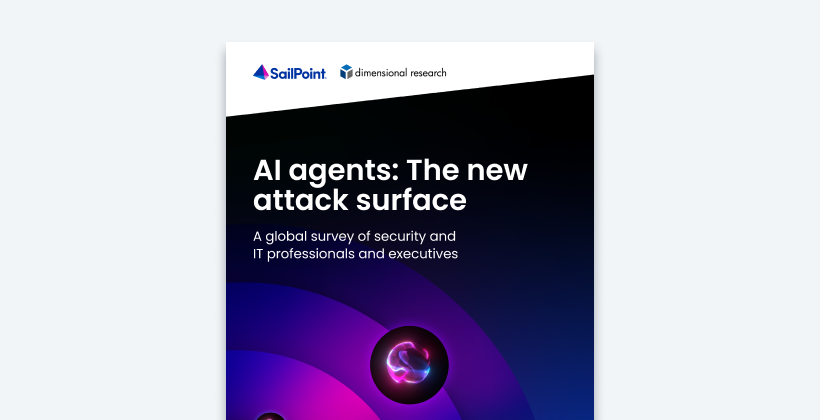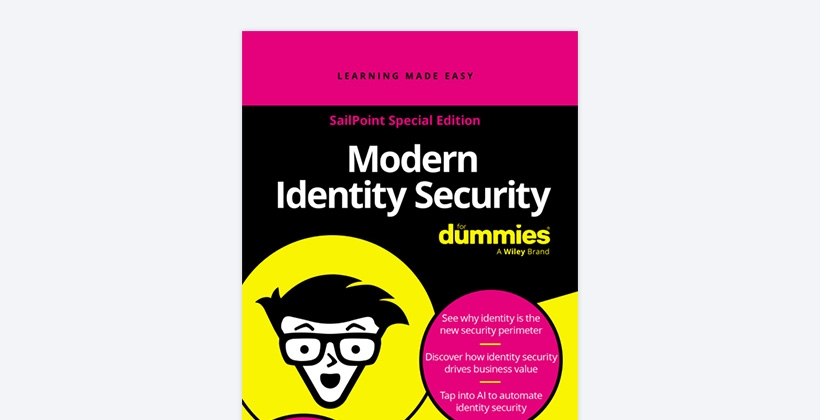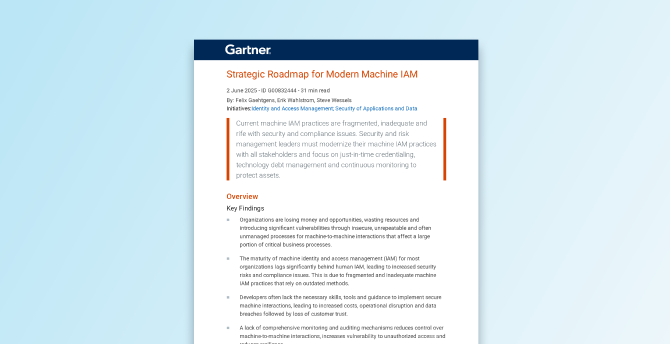Article
What is Identity-as-a-Service (IDaaS)?
What is IDaaS?
Identity-as-a-service, or IDaaS, is an application delivery model (like software-as-a-service, or SaaS) that allows users to connect to and use identity management services from the cloud.
Also referred to as cloud-based identity security, the shift to deploy IDaaS began several years ago and was led by companies with a digitally driven IT adoption strategy. Many IDaaS systems leverage the power of cloud computing and adaptive authentication as a way of improving or speeding up these business processes. This level of identity and access management (IAM) computing uses online computer power, database storage, and other IT resources.
What is Identity Management?
Identity management ensures the right people in an organisation have the right access to the right resources. Using IDaaS technology to properly identify, authenticate, and authorise employees within an organisation, these systems use access rights to prevent unauthorised users gaining access to confidential files or documents. With cybersecurity threats continuing to grow, identity and access management helps keep your protection organised.
When did IDaaS Emerge?
The emergence of IDaaS is tied directly to the cybersecurity threats being born from an increasingly digital universe.
A secure identity platform became the only way to keep up with the mounting identity access tasks that must be completed to ensure airtight protection. With self-service solutions, enterprises couldn’t ensure a quality user experience for their employees without spending valuable time maintaining the system, because manual updates have an inevitable ability to be overlooked.
IDaaS solutions provided automated, sustainable protection for growing companies not wanting to be bogged down with IAM responsibilities. The result was inevitable—an increased demand for IAM solutions that are built to adapt to the fluid cybersecurity landscape.
Why is Cloud-based Identity Security Critical?
The right IAM solution can help your organisation effectively address today’s complex business challenges, balancing three critical objectives:
- Deliver access services efficiently and cost-effectively. By providing self-service access request tools and provisioning, IDaaS can streamline the delivery of user access across your organisation while continuously enforcing governance rules and compliance policies. IDaaS also empowers business users to manage their own access and passwords, thereby reducing the workload on help desk and IT operations teams.
- Protect against internal and external security threats. Effectively securing your IAM system requires quick identification of potential exposures, such as inappropriate access, policy violations, and unsecured data and applications. The right IDaaS solution can help enterprises proactively detect and remediate inappropriate access, strengthen password policy, and eliminate risks such as orphan or rogue accounts.
- Meet regulatory compliance requirements around security and privacy. IDaaS can help your organisation replace expensive paper-based and manual access reviews and certifications with automated tools. Not only can you significantly reduce the cost of IAM compliance for regulations such as GDPR, you can also establish repeatable practices for a more consistent, auditable, and secure access certification effort.
What are examples of IDaaS?
Single Sign-on (SSO)
Single sign-on (SSO) is an authentication service allowing a user to access multiple applications and sites using one set of credentials. For example, when Orrstown Bank automated their identity management processes, they needed an IDaaS solution that could seamlessly funnel hundreds of “applicants” onto their platform without sacrificing security. Using an SSO solution for their customer identity problem, they’re able to take the strain off their helpdesk while drastically reducing the time it takes to gain access to their platform.
Multi-Factor Authentication (MFA)
MFA gives enterprises advanced security and authentication controls using an organisation’s preferred MFA solution provider. MFA vendors who have certified their solutions for use with this new framework include Duo, RSA and Microsoft. When Weight Watchers needed to move its legacy systems to an online solution while also procuring IAM services, they used IDaaS automation to ensure every user is transferred to the new server without sacrificing security.
Identity Management
Identity and access management is a specialty discipline within cybersecurity designed to ensure that only the right people can access the appropriate data and resources — at the right times and for the right reasons. When Norwich University had an immediate need for the headaches caused by manually managing passwords for their online graduate school, they deployed an identity management program that automated the process of onboarding students while getting them email, application, and other needs met faster.
Provisioning
When a worker is assigned a role through your system, they would be automatically provisioned access with a role-based IAM solution. If that worker changes roles or leaves the organisation, their IAM profile is adjusted or removed immediately from the active directory. For example, a promotion from IT technician to IT manager would cause complications in a manual system, as you’d need to solve for IT access and management access at the same time. Using IDaaS to automate this process takes the pressure off you while mitigating user-error risks that come with a self-service solution.
The Power of Identity from the Cloud
The right IAM solution will help you manage and control access across every user in your entire organisation. By leveraging a unified system to manage access to both on-premises and digital resources, you can stay in control of identity no matter where an application is deployed:
- See everything. IAM solutions must be able to connect to all enterprise systems, from the legacy applications that have been in use for years, to the SaaS applications being adopted today. They must provide visibility into all the information about a user’s identity, across all the applications an enterprise uses, all the data they have and across all users – no matter where they are located or what devices they may use. Doing this with a self-service solution would be nearly impossible without an entire department dedicated its time and resources to the effort, which still doesn’t consider the impact of user-error.
- Govern everything. Organisations need to know who should have access, who does have access, and what users are doing with their access to all applications and data. This requires the ability to define a desired IAM state and continually assess where access is not aligned with the model. When these updates are automated, your only responsibility as an enterprise is to decide what the rules of your system are—and let the system do the work.
- Empower everyone. Let business users work how they like to work, wherever they are and on whatever device they use. Empowering user with identity and access management, while balancing the security and risk management needs of the organisation, enables organisations to safely increase collaboration both inside and outside the network. IAM solutions not only keep you better protected, they create the foundation for better relationships with your employees—giving them the power to safely obtain resources, collaborate remotely, and maintain flexibility.
Used the cloud to
automate identity processes


